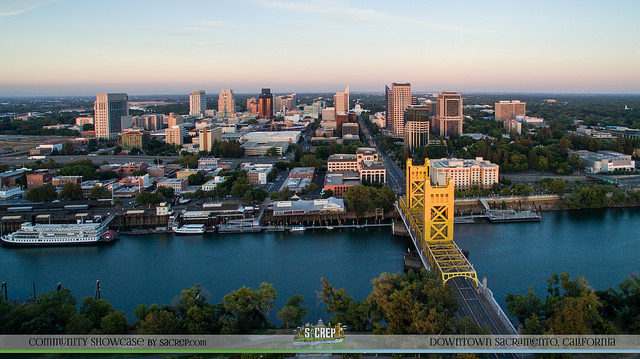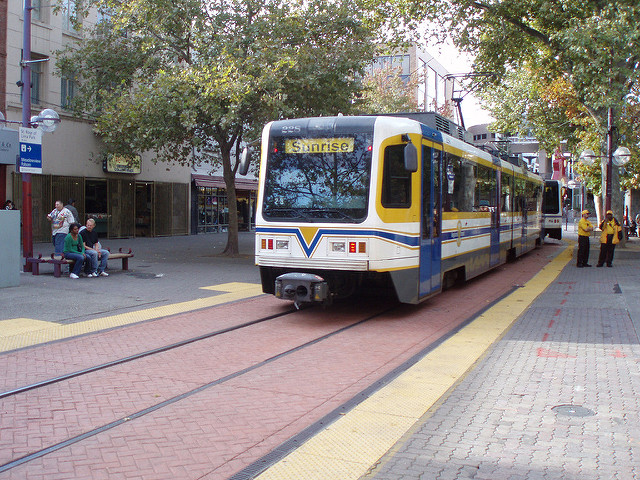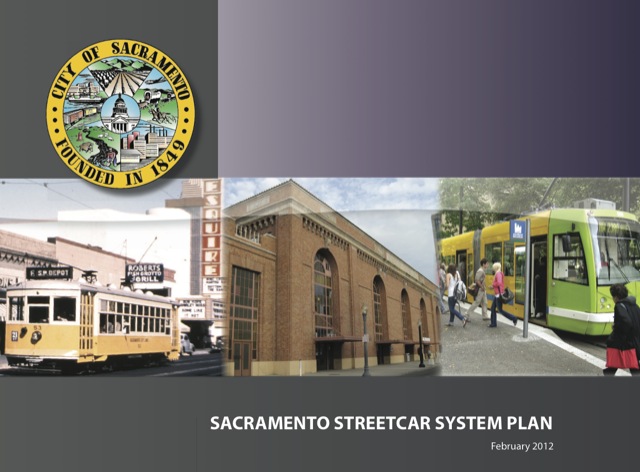The Sacramento Regional Transit District is reducing its fares for the first time in its history. It says it is doing this to “give back to the community.” But the Antiplanner can’t help but think that fare reductions might have more to do with the 40 percent decline in ridership the district has experienced since 2008.
At least it isn’t responding to revenue declines by increasing fares. Oh, wait: it already did. Between 2008 and 2016, average bus fares grew by 38 percent and average light-rail fares grew by 17 percent, which probably contributed to but were not the primary cause of declining ridership.
The agency says it can decrease fares now because of the success it has had in controlling costs in the last couple of years, as evidenced by the fact that it has $10 million in the bank as a “reserve.” But why did it wait until the last couple of years to control its costs? Why hasn’t it been controlling its costs since it was created in 1973? Continue reading










